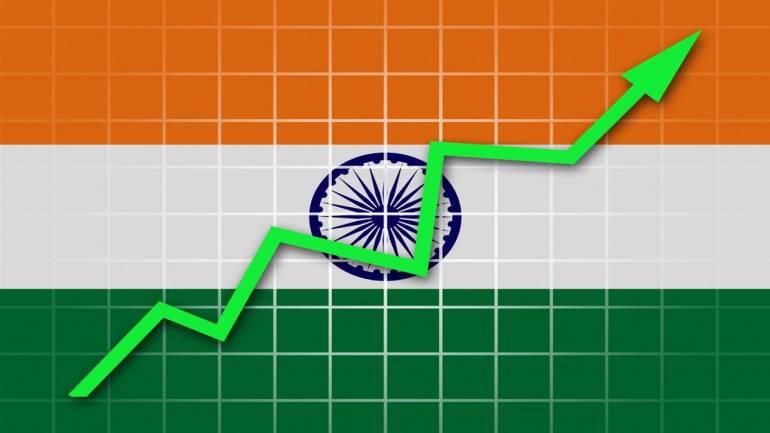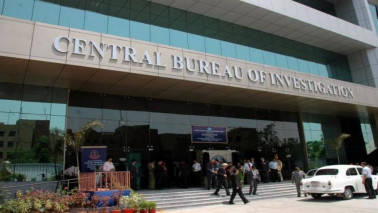Gross Domestic Product (GDP) growth is expected to be 7.5 percent in 2019-20, considering a GDP deflator of 4 percent.
Will the Indian economy cross 8 percent growth? Not anytime soon.
According to the interim budget document, India’s real or inflation-adjusted Gross Domestic Product (GDP) growth is expected to be 7.5 percent in 2019-20, considering a GDP deflator of 4 percent.
Nominal GDP or GDP minus inflation is expected to grow by 11.5 percent in 2019-20. GDP deflator measures the difference between real and nominal GDP.
The Indian economy is expected grow by 7.2 percent in 2018-19, remaining at the same level as 2017-18, according to the first advanced estimates of the Central Statistics Office (CSO).
India’s GDP — the total value of goods and services produced in the country— grew 8.2 percent and 7.1 percent during April-June and July-September quarters respectively in 2018-19.
Real or inflation-adjusted GDP growth of 7.2 percent in 2018-19, implies an average growth of 6.75 percent between October and March.
CSO’s projections are based on the first advance estimates of crop production information on indicators like sales tax, deposits and credits, passenger and freight earnings of railways, passengers and cargo handled by civil aviation, cargo handled at major seaports and sales of commercial vehicles available for the first seven months of the financial year.
The GDP advanced estimates are crucial as the finance ministry prepares Budget projections for the next financial year based on the statistics office data for 2018-19.
India’s central bank, the Reserve Bank of India (RBI) has also projected GDP growth during April-September, 2019-20 at 7.5 percent and at 7.4 percent for 2018-19, signalling that an 8 percent growth may take some more time to be a reality.Indian Union Budget 2019: What does the FM have up his sleeve in the run up to the General Elections? Click here for live Budget 2019 news, views, analyses and more.





















